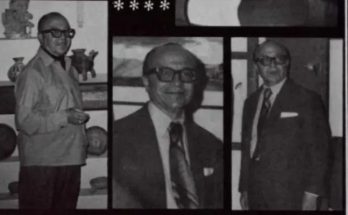By Luis Felipe Rodriguez
The Sanctuary of Jesús Nazareno de Atotonilco is a Baroque church founded by Father Luis Felipe Neri de Alfaro in May of 1740. It is dedicated to Jesus of Nazareth and it has a House for Spiritual Exercises of San Ignacio de Loyola. The Sanctuary of Atotonilco is known because it was involved in the history of the Independence of Mexico, when Father Miguel Hidalgo took an image of the Virgin of Guadalupe and used it as the standard for the insurgent army.
On July 7, 2008, the Sanctuary of Atotonilco was declared a World Heritage Site by UNESCO, together with the city of San Miguel de Allende. The Sanctuary was also one of over 60 other sites listed in 2010 as UNESCO World Heritage Sites, as part of the Camino Real de Tierra Adentro—The Royal Inland Road, the ancient pathway used by the Aztecs.
Outside the church stand major walls that give the impression that it was once a fortress. The outer walls of the church are 10 meters long; the domes reach 20 meters in height, and the clock tower is also 20 meters high. The main entrance has a simple arch facing east towards Jerusalem; the entire complex has an east-west orientation.
To the south along the main façade is the Exercise House and the clock tower. To the north is the Holy School of Christ. In front there is a narrow atrium, which was once a cemetery. Today, it is shaded by trees and surrounded by a small fence. The main church is single-nave without a dome, aligned on the north and south flanks with chapels and chambers.
On the north side of the nave there is a new sacristy, the Rosary Chapel, the Father Luis Felipe Neri chambers, the Bethlehem Chapel, the Baptistery, and the Reliquary room. On the south side there is the Chapel of the Blessed Sacrament, the Chapel of Solitude, the Chapel of Loreto with its dressing rooms, the Chapel of Hidden Glory, and the Chapel of the Holy Sepulcher with the Chapel of Calvary behind it.
The interior walls and ceilings are almost entirely covered in murals, sculpture, inscriptions, and oil paintings in a style called «Mexican Popular Baroque,» although indigenous influence can be seen as well. The only exception to this are the neoclassical altars that were installed later. Most of the mural work was done by Antonio Martínez de Pocasangre over a period of 30 years, with almost no free space between the many images.




